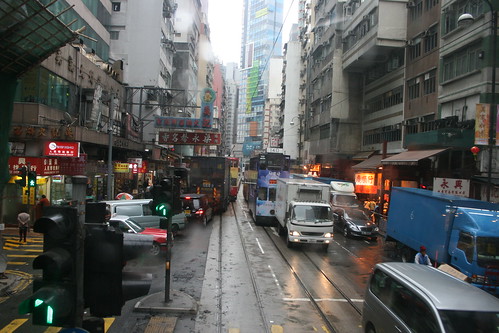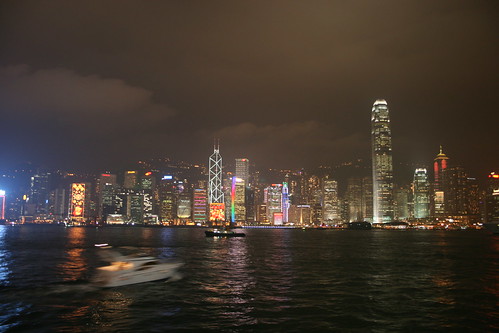Part of the reason for the cost of the neighborhood is its location. For the folks that work at Apple, Google, or Genentech that want the San Francisco experience, it's close to the 101 and 280 on ramps and has numerous tech shuttle pickup locations. As the article states, there is a line drawn in the city which leaves the northern half to the financial district and south of market workers.
We see a lot of first-time buyers from tech companies who still want to have a city lifestyle; they don't want to live in the suburbs, but they work down south. What I notice is when people from Google, Apple, Yahoo and Genentech come in for a first meeting, we literally draw a line in the city because of the commute. Noe Valley is at the top of the list, then Bernal, Mission, Dolores, Cole Valley.A city lifestyle means a really great bakery, very nice folks at the bagel shop, and a series of pubs and restaurants where if you make an effort, they'll learn your name and have your beer ready when you sit down before you even have to ask.
The other issue is not the demand, it's the restrictions on new housing, NIMBYs, and tough financing for affordable housing. Trying to build new units is like pulling teeth, especially in historic older neighborhoods. And other issues like inclusionary zoning are small change when there are very few new units overall built all together. Battles over affordable housing are not uncommon. But it gets ridiculous when it takes 9 years to build a single affordable building.
The approvals were followed by the inevitable lawsuit, filed by a group called Citizens for Better Streets but funded by nearby landowners. But the real delay was the complexity of arranging a finance package drawn from six sources - a big reason the final cost is $34 million, far above the $20 million anticipated in 2003.
Affordable housing is a complicated venture. But even more so in a liberal city where people want to protect their own properties and think they are doing a good thing pushing for 3 affordable units in a city where the need is approximately 100,000. If people really wanted affordable housing, they would allow greater height limits and lower parking ratios for new buildings. Heck they would declare open season for new housing and we'd have a revolution in the city. Unfortunately, we are just looking for ticky tack solutions.
The mayor has convened a group of sometimes oppositional figures in the housing realm, from Calvin Welch, the longtime affordable housing advocate, to Oz Erickson, chairman of Emerald Fund developers, to find ideas to create a $50 million-per-year revenue stream to help make housing available to low- and middle-income workers.Not sure what $50m would do. Nothing for supply of actual housing to meet the demand.
And sure there is a need to protect historic buildings and neighborhoods. My street has this huge apartment building across from my place where two old Victorians were probably ripped out to put a 70s style apartment building. But you also have the egregious one story buildings at the corner of the most trafficked streets in my neighborhood that could have been four, like all the other buildings around them. You know its a perverse market when there is a one story McDonald's on top of a subway stop at 24th street and Mission.
People want to live in great places. And unfortunately those are limited because the development restrictions all over the bay area that push towards single family housing also restrict walkable, transit accessible communities where people can like me, sell their cars and walk to the grocery store. Perhaps some day we'll get there, but we have a lot of work to do.



